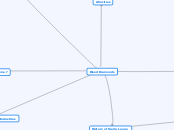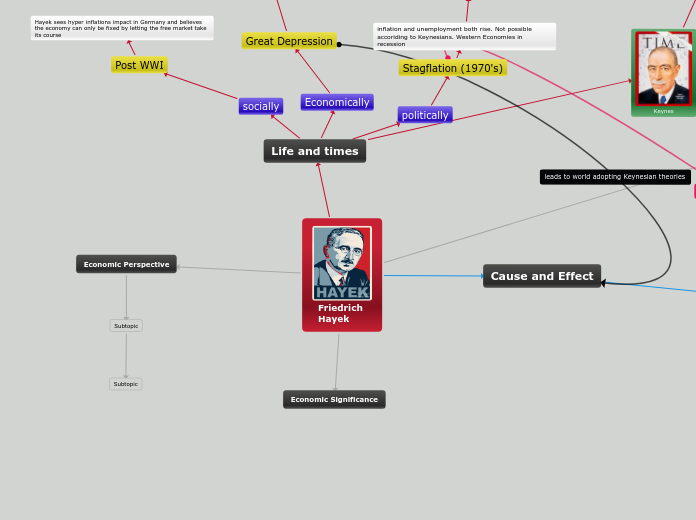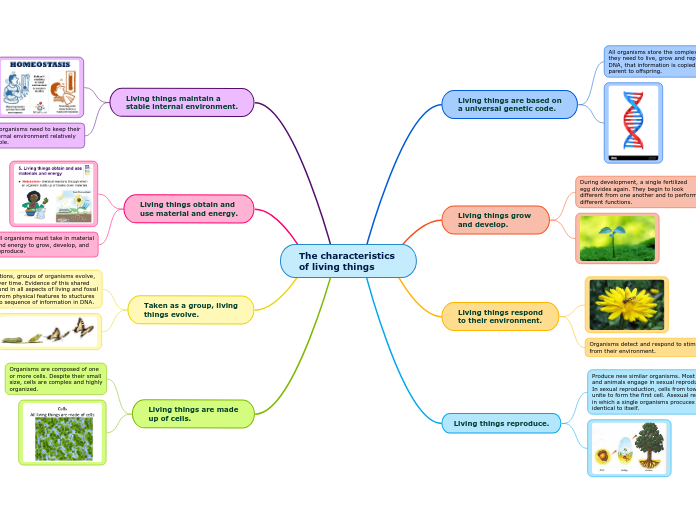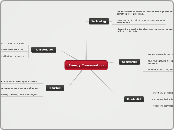Russian Federation
Society
Health Issues
Life expectancy male: 60.11 years female: 73.18 years (2012)
Health Expenditures: 5.4% of GDP (132nd in world)
Education
Average years of schooling: 14 (2008)
Education Expenditures: 3.9% of GDP (107th in world)
Literacy Rate: 99.5% of population over 15 can read and write.
Ethnic Groups
Others, including but not limited to: Kazakh, Tajik, Azerbaijani, Georgian, Armenian, Chechen: 12.1%
Chuvash: 1.1%
Bashkir: 1.2%
Ukrainian: 2%
Tatar: 3.8%
Russian: 79.8%
Can Russian society begin to reverse a multi-decade long malaise; overcoming an internal (as well as external) perception of widespread corruption and demographic decline? Can a change in perception of Russia positively impact the flow of foreign and domestic investment?
Religions
Other Christian
Practicing Worshipers: 2% of the population
Muslim
Practicing Worshipers: 10 - 15% of the population
Russian Orthodox
Practicing Worshipers: 15 - 20% of population
Median Age: 38.8 years
Age Structure: 0 - 14 years 15.7% of population. 15 - 64 years 71.3% of the population. 65 and over 13% of the population
Women in Workforce
Fertility Rate: 1.61 children per woman - 178th in world (2012)
Population: 142,517,670
Economy
Imports: $322.3 billion (2011)
imports - commodities: machinery, vehicles, pharmaceutical products, plastic, meat, fruit, optical and medical instruments, iron and steel
Exports: $520.3 billion
Extracative and unrefined natural products: petroleum/petroleum products, natural gas, wood/wood products
Agricultural
Industrial: chemicals, wide array of civilian and military manufactures, metals
Labor Force: 75.33 million
Change in size
Labor Force by Sector
Agriculure: 9.8%
Industry: 27.5%
Services: 62.7%
Unemployment Rate: 6.6% (2011)
Gross Domestic Product: $1.821 trillion
Agriculture: grain, fruit and vegetables, foodstuffs
Services: banking, IT services, retail, telecommunications, construction, real estate, insurance, tourist agencies, etc.
Industry: extracative industries producing coal, oil, gas, metals, rare earths; chemicals; machine building - wide array of manufactures including high performance air and space craft; advanced military equipment including missles and advanced electronics; shipbuilding, road/rail transportation equipment, agricultural machinery; medical and pharmaceutical products
GDP per capita: $16,700 (2011); $16,000 (2010); $15,400 (2009)
Energy Production
Crude Oil Production: 10.21 million bbl/day (2011) (3rd in world)
Crude Oil Exports: 5.43 million bbl/day (2011) (3rd in world)
Refined Petroleum Products: 4.802 million bbl/day (2008) (5th in world)
Refined Petroleum Products Exports: 1.924 million bbl/day (2008) (3rd in world)
Natural Gas Production: 669.6 billion cu m (2011) (2nd in world)
Natural Gas Exports: 203 billion cu m (2011) (2nd in world)
Vital Rates
Inflation Rate: 8.4%
Central Bank Discount Rate: 5.5% (2010)
Commercial Bank Prime Lending Rate: 8.45% (2011)
Assets
Stock of Broad Money: $787.9 billion
Gold Reserves: 936.7 tonnes (2012) - compared to U.S. holdings of 8,133.5 tonnes and Japan holdings of 765.2 tonnes
How will the Russian economy respond to a fall in oil prices within the next 2 years?
Technology
Patents: 41,414 (2011) compared with USA: 503,582 China: 526,412 Germany: 59,444
Communication
Internet users: 40.853 million (2009) (10th in world)
Telephones - mobile carrier: 236.7 million (2011) (6th in world) 1,000 companies licensed to offer communication services.
Electricity Production: 983.2 billion kWh (5th in world)
Electricity Consumption: 808 billion kWh (6th in world)
Merchant Marine: 1,143 (11th in world)
Roadways: 982,000 km (7th in world) Paved: 776,000 km, 30,000 km of expressways, (in comparison with US: and Germany: )
Railways: 87,157 km (2nd in world)
Airports with paved runways over 3,047 m: 54 (in comparison with US: and China:
Can Russia acquire the necessary technology and foreign investment to take advantage of the current oil shale boom? Conversely, can Russia develop the infrastructure to support much needed value-added industry, diversifying away from an energy export dominated economy?
Military
Manpower fit for military service: of males, age 16 - 49 20,431,035
Service Obligations: compulsary or voluntary service for males, 18 - years of age. Service Obligation: 1 year
Military expenditure: 3.9% of GDP (25th in world)
What is the likelihood of a return to major hostilities in the Caucasus region, whether in Russia's North Caucasus, or the southern areas of Georgia, Azerbaijan, and Armenia? Would conflict destabilize Putin's presidency?
Military Branches
Independent Combat Arms: Airborne troops, Strategic Rocket Forces, Aerospace Defense Troops
Air Forces: 160,000 personnel
Navy: 133,000 personnel
Ground Forces: 360,000 active duty troops
active duty troops: 1,040,000 reserve troops: 2,035,000
Four Military Districts: (see en.wikipedia.org/wiki/File:Military_districts_of_Russia_2010.svg for military district map.
Budget: 72 billion USD (2011)
Government
Political Parties
Independent candidate for President, 2012 (Mikhail Prokhorov) percentage of vote: 7.9%
A Just Russia
Percentage of vote 2012 election: 3.85%
Liberal Democratic Party
Percentage of vote 2012 election: 6.22%
Communist Party
Percentage of vote 2012 election: 17.18%
United Russia
Percentage of vote 2012 election: 63.6%
Constitution: 1993
Administrative Divisions: 46 provinces (oblasts): Amur (Blagoveshchensk), Arkhangel'sk, Astrakhan', Belgorod, Bryansk, Chelyabinsk, Irkutsk, Ivanovo, Kaliningrad, Kaluga, Kemerovo, Kirov, Kostroma, Kurgan, Kursk, Leningrad, Lipetsk, Magadan, Moscow, Murmansk, Nizhniy Novgorod, Novgorod, Novosibirsk, Omsk, Orenburg, Orel, Penza, Pskov, Rostov, Ryazan', Sakhalin (Yuzhno-Sakhalinsk), Samara, Saratov, Smolensk, Sverdlovsk (Yekaterinburg), Tambov, Tomsk, Tula, Tver', Tyumen', Ul'yanovsk, Vladimir, Volgograd, Vologda, Voronezh, Yaroslavl'
21 republics: Adygeya (Maykop), Altay (Gorno-Altaysk), Bashkortostan (Ufa), Buryatiya (Ulan-Ude), Chechnya (Groznyy), Chuvashiya (Cheboksary), Dagestan (Makhachkala), Ingushetiya (Magas), Kabardino-Balkariya (Nal'chik), Kalmykiya (Elista), Karachayevo-Cherkesiya (Cherkessk), Kareliya (Petrozavodsk), Khakasiya (Abakan), Komi (Syktyvkar), Mariy-El (Yoshkar-Ola), Mordoviya (Saransk), North Ossetia (Vladikavkaz), Sakha [Yakutiya] (Yakutsk), Tatarstan (Kazan'), Tyva (Kyzyl), Udmurtiya (Izhevsk) autonomous okrugs: Chukotka (Anadyr'), Khanty-Mansi (Khanty-Mansiysk), Nenets (Nar'yan-Mar), Yamalo-Nenets (Salekhard)
krays: Altay (Barnaul), Kamchatka (Petropavlovsk-Kamchatskiy), Khabarovsk, Krasnodar, Krasnoyarsk, Perm', Primorskiy [Maritime] (Vladivostok), Stavropol', Zabaykal'sk (Chita)
federal cities: Moscow [Moskva], Saint Petersburg [Sankt-Peterburg]
autonomous oblast: Yevrey [Jewish] (Birobidzhan)
How secure is the presidency of Vladimir Putin? What are likely sources of an institutional or personal challenge to his administration?
Capital: Moscow
Form of Government: Federation
Branches of Government
Judicial Branch
Supreme Court: nominated by the President, appointed by the Federation Council
Legislative Branch
Federal Assembly
State Duma
Federation Council
Executive Branch
President: Vladimir Putin
Constitutional Responsibilities: Commander and Chief, Protection of Rights and Liberties, Protection of State Sovereignty, Domestic and Foreign Policy
Ministries: Interior, Civil Defense, Foreign Affairs, Defense, Justice, Healthcare, Culture, Education and Science, Natural Resources and Environment, Industry and Trade, Tele-and-Mass Communications, Regional Development, Agriculture, Sport, Transport, Finance, Economic Development, Energy, Labour and Social Security, Development of the Russian Far East









